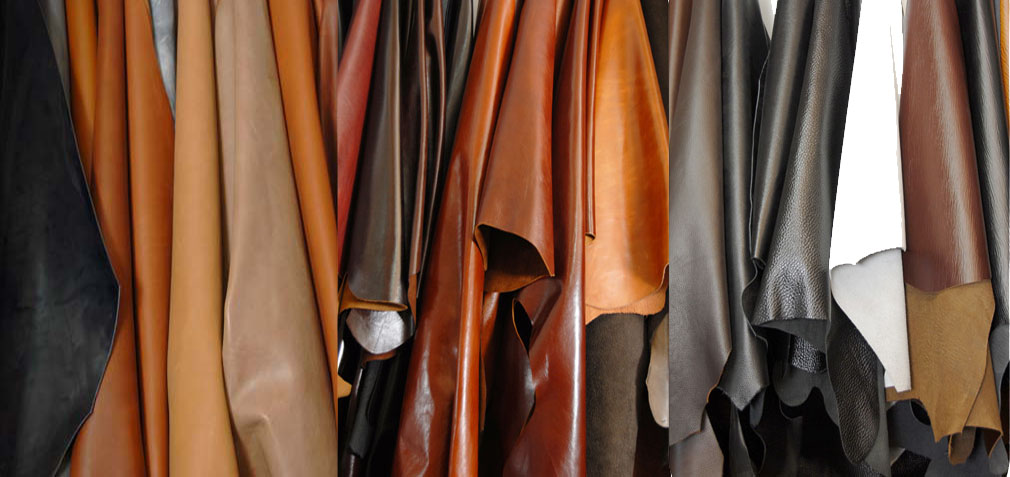Iran’s leather industry has been severely affected by the lack of suitable infrastructure and government support in the past three decades, as a result of which many leather factories have been driven into bankruptcy and forced to shut production.
Leather production is one of the oldest crafts in Iran. Ancient relics show that Iranians used leather to make clothing, shoes and armament since about 1,500 years ago.
The country’s first leather factory was founded in 1933 in Hamedan, the capital of the central Hamedan Province. The second major factory was established in 1935 in East Azarbaijan Province’s capital city of Tabriz, which is currently regarded as the leather manufacturing hub of the country.
However, in recent years, domestic leather manufacturers have failed to keep pace with advancements in the global leather industry. According to IRNA, the sector is struggling with many challenges due to lack of government support to upgrade the dilapidated infrastructure and facilities.
Livestock Sector Maladies
Part of the difficulties in leather industry could be traced back to the livestock sector. Although Iran produces large quantity of sheep hide, procurement of high quality animal hide has been a matter of concern for leather manufacturers.
The quality of Iranian hide is rather poor compared to international standards, due mainly to the use of traditional methods in livestock farming and slaughtering animals.
The leather industry is also affected by the lack of modern technologies and proper standards in production, storage and transportation of raw hides as well as spread of livestock diseases.
Outdated Machinery
Experts believe domestic leather manufacturers are set to lose the market to their foreign counterparts if they fail to upgrade production lines and use new technologies.
President of Iran Tanners Association, Ali Hassanzadeh had earlier noted that Iranian leather companies are unable to compete with their neighboring rivals, such as Pakistan and Turkey, due to high tariffs levied by the Iranian customs authorities on import of necessary raw material and machinery.
The increased cost of production in recent years as a result of surging raw material prices, taxes and labor costs has further diminished the manufacturers’ profit margins and left them with severe shortage of liquidity. This is while banks are reluctant to lend.
Export of Unfinished Products
Problems in the sector over the past years have forced companies to resort to export of unprocessed raw hides for more profitability, said Mohammad Lahooti, deputy head of Iran Pickled Skin and Leather Producers and Exporters Association.
“As much as 85% of Iran’s leather is exported in the form of raw hide and wet-blue (processed raw hide before turning into finished leather),” said Lahooti, noting that exporting raw leather is costing the country millions of dollars in revenue which could be generated through export of finished products.
“Revenues generated from export of raw hide and wet-blue currently stand at $200 million per year or less, depending on fluctuations in export tariffs,” said the expert, noting that the figure could reach $1 billion if raw hides were processed to manufacture finished leather products.


